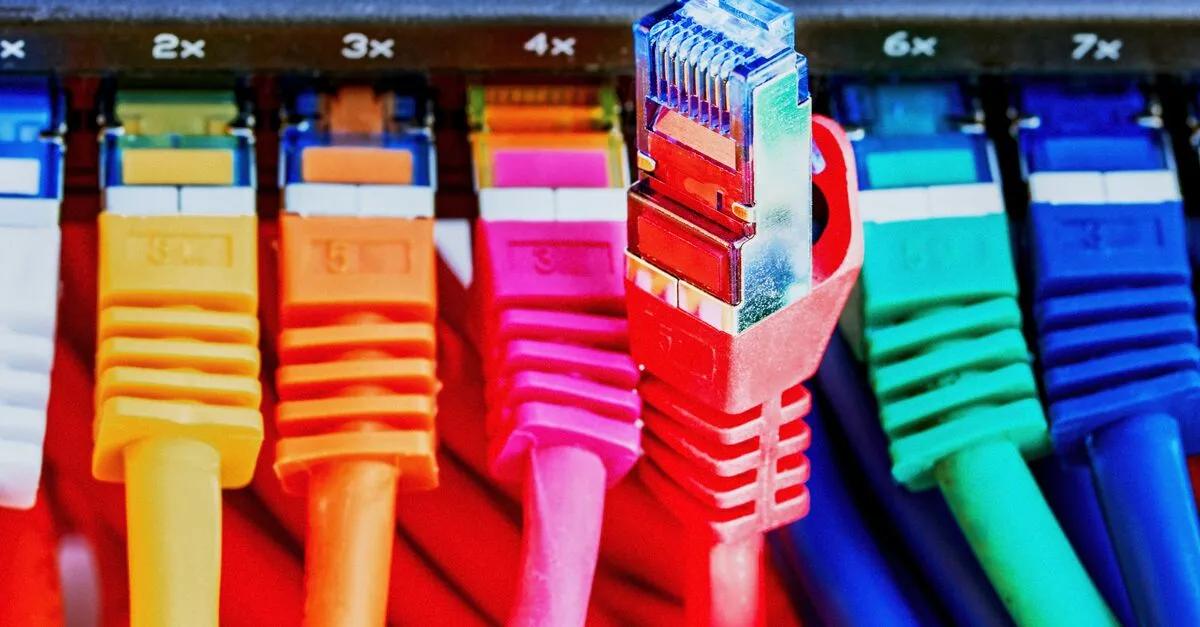
Fiber Optic Expansion: The Holy Grail for a Digital Infrastructure?
21 January 2025
Reading time: 3 min
The topic of fiber optics is polarizing. On the one hand, everyone is looking for a fast and more stable internet connection – especially since home office has become a part of everyday work life for many people. On the other hand, the expansion of fiber network frequently turns to a test of patience for customers, as many people must wait for several months for their connection. What is the cause of this and how can the process of digital infrastructure expansion be accelerated?
Director Telecom, Media & Technology and Healthcare Finance
Marco Griefahn
Obstacles in the development
The German federal government had originally set the goal to provide every municipality in Germany with a fiber connection by 2025. However, it soon became clear that this goal would not be reached. The new target for a nationwide fiber optic supply is now until 2030.
Until then, there is still a long way to go. Nonetheless, almost every third household in Germany meanwhile has a fiber connection available (1). In particular during the last two years, the big telecommunication companies sped up the construction. The number of private households with available access has risen by half between summer of 2022 and summer of 2023, and for businesses by approximately 45 percent (2).
The fact that the development still falls behind has various reasons. Firstly, the costs for underground construction increased immensely due to inflation and the high interest rates. Secondly, this industry is, as others, battling with a lack of qualified workforce and higher energy costs ever since the breakout of the war in Ukraine. To face this challenging cost situation, the companies are focusing on providing as many households as possible with existing connections, instead of building new networks. The problem being: it often still takes much too long until the customers are actually online and can be happy about their fast internet. The good news are that there is at least demand for it.
Together for the Digital Infrastructure of Tomorrow
To advance the fiber connection development despite the challenges, banks can support companies with individual financing solutions. After the loan granting willingness for this sector increased rapidly in the last few years, investors became more selective with loan grants due to the mentioned complications in the sector. The aim now is to take a closer look at projects and tailor financing solutions together with the customers.
This is precisely the approach that ING has been following for many years in the field of telecommunication, media and technology. The bank sees itself in this context as a mediator between borrowers and lenders, frequently connecting companies with investors. Its specialized TMT-Team has a deep understanding of the market, which, while in the role of lender, enables a realistic risk evaluation in the context of the current market. ING has been accompanying customers such as Deutsche Glasfaser since many years with several financial packages. “As one of the first loan providing banks, ING already supported us in a very early stage of our company. We have cultivated this relationship over the years and particularly value our cooperative partnership”, said Anna Dimitrova, CFO of Deutsche Glasfaser Group.
In addition to Deutsche Glasfaser, ING advised and financed further important stakeholders from the fiber optics industry in the past months and weeks, among which are Opens in a new tabGVG Glasfaser GmbH and different holdings of infrastructure manager Opens in a new tabCVC DIF.
This cooperative approach applies not only to the telecommunication branch. In Energy and Transportation sectors too, it all comes down to exploring solutions together with the customer in how to provide funds for the establishment of (digital) infrastructure of tomorrow. Because in the end, everyone benefits from a sustainable and modern infrastructure that will last for many decades to come.
Society is transitioning to a low-carbon economy. So are our clients, and so is ING. We finance a lot of sustainable activities, but we still finance more that’s not. See how we’re progressing on Opens in a new tabour climate approach.
(1) Opens in a new tabNetzausbau-Gesetz: Schnelles Internet für alle | Bundesregierung
(2) Opens in a new tabGlasfaser- und Mobilfunkausbau | Bundesregierung
Do you have any questions or comments?
Well, then talk directly to one of our experts!